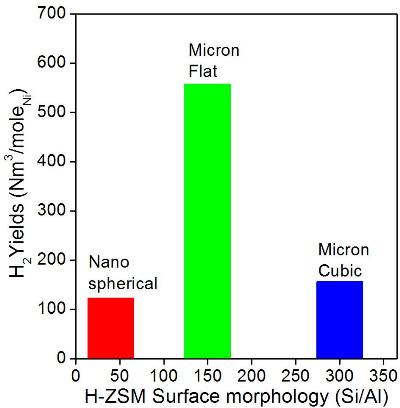
Mike S Scurrell
University of South Africa, South Africa
Title: Nanostructured materials for catalysis
Biography
Biography: Mike S Scurrell
Abstract
The detailed nanostructure of nanomaterials can be crucial for the satisfactory performance of the solids as process catalysts. This will be illustrated by some of the author’s recent work in the area of energy conversion and environmental control catalysis. Nanorods of rutile can be very useful in helping to stabilize small gold particles and we have been able to demonstrate that such materials can be used as high temperature catalysts, being active and stable at temperatures of at least 800ºC, significantly higher than is normally found for gold catalysts. The secret lies in the structure of the solids which contain gold locate exclusively at the tips of the nanorods support. Such behavior is not, however, found universally, some metals preferring to locate along the lengths of the rods. In other work, the design of spatially separate heterojunction in transition metal-graphene composite photocatalysts enables the recombination of electron-hole pairs to be controlled and this can result in very high rates of production of hydrogen from such bio-renewable alcohols such as glycerol. Finally, the longevity of nickel-based catalysts for the decomposition of methane into its constituent elements can be significantly enhanced by incorporating microporous structures (zeolites) into the catalysts. The zeolite additives can be expected to play only an indirect chemical role in the decomposition reaction, yet they exert a very significant effect on carbon yields obtained before catalysts become deactivated. For reasons which are not yet fully understood, the morphology of the zeolite is of great importance in this context. These catalysts could play a vital role on helping to convert methane (natural gas) into electricity via operation of separate hydrogen and carbon fuel cells, which together could reduce the carbon footprint in comparison with conventional gas-fired burning power stations.

Effect of morphology (and/or Si/Al ratio) of added zeolite material on hydrogen yield in the decomposition of methane on Ni-based catalysts.

